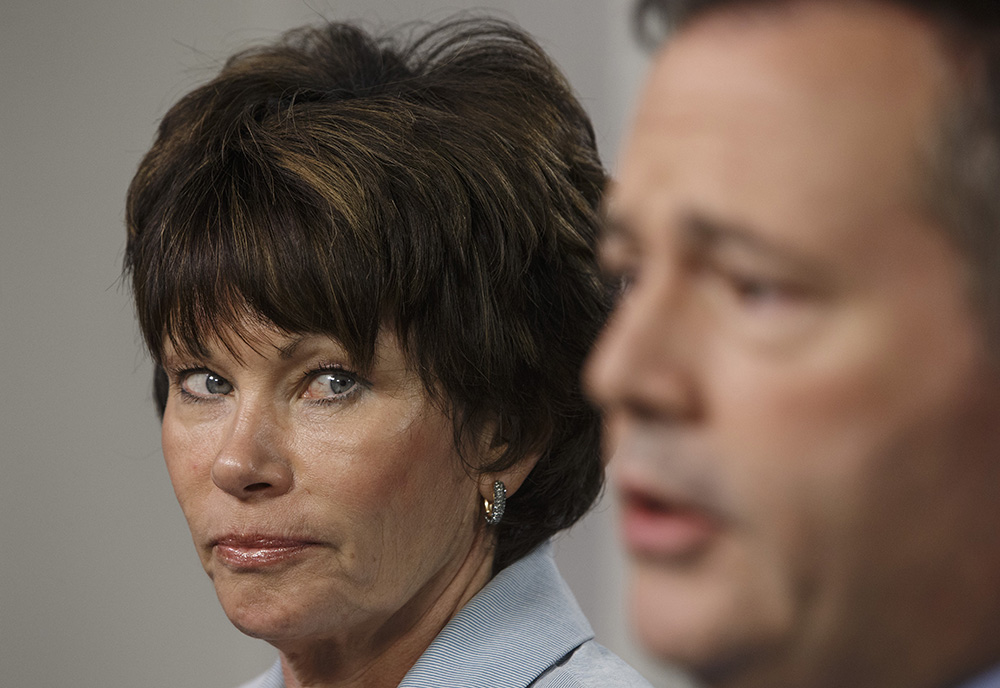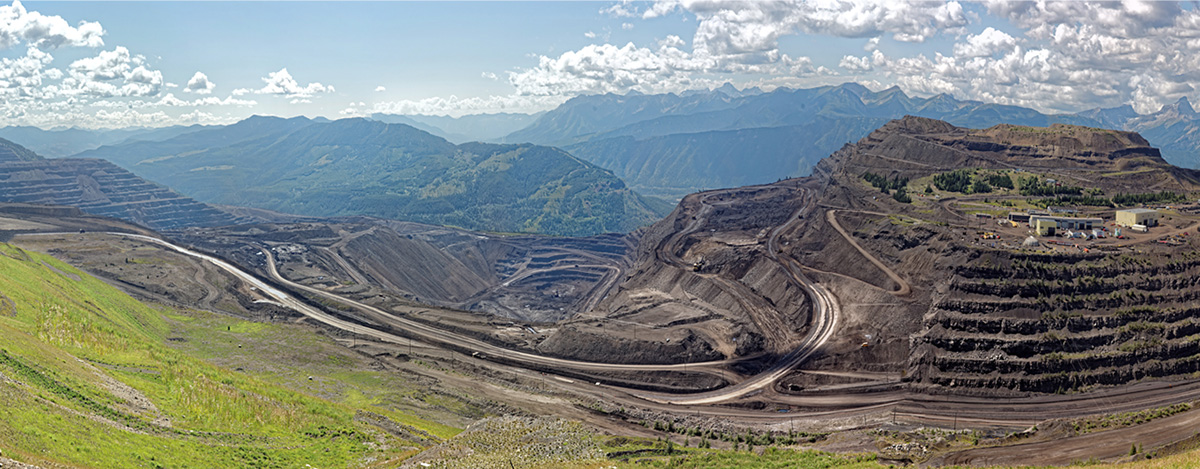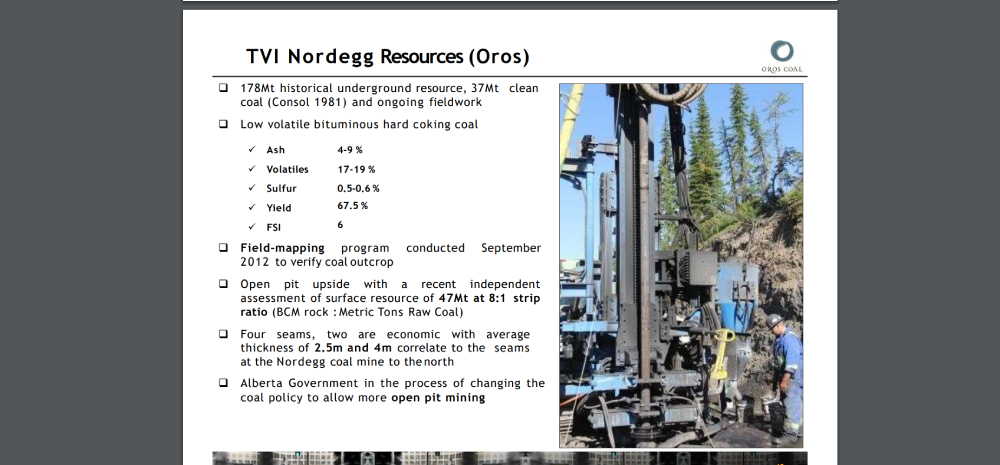
NEW YORK (NYTIMES) - McKinsey & Co, the consultant to blue-chip corporations and governments around the world, has agreed to pay US$573 million (S$764.8 million) to settle investigations into its role in helping "turbocharge" opioid sales, a rare instance of it being held publicly accountable for its work with clients.
The firm has reached the agreement with attorneys general in 47 states, the District of Columbia and five territories, according to five people familiar with the negotiations. The settlement comes after lawsuits unearthed a trove of documents showing how McKinsey worked to drive sales of Purdue Pharma's OxyContin painkiller amid an opioid epidemic in the United States that has contributed to the deaths of more than 450,000 people over the past two decades.
McKinsey's extensive work with Purdue included advising it to focus on selling lucrative high-dose pills, the documents show, even after the drugmaker pleaded guilty in 2007 to federal criminal charges that it had misled doctors and regulators about OxyContin's risks. The firm also told Purdue that it could "band together" with other opioid-makers to head off "strict treatment" by the Food and Drug Administration.
McKinsey will not admit wrongdoing in the settlement, to be filed in state courts on Thursday (Feb 4), but it will agree to court-ordered restrictions on its work with some types of addictive narcotics, according to those familiar with the arrangement. McKinsey will also retain emails for five years and disclose potential conflicts of interest when bidding for state contracts. And, in a move similar to the tobacco industry settlements decades ago, it will put tens of thousands of pages of documents related to its opioid work onto a publicly available database.
States will use the civil penalties - US$478 million of which must be paid within 60 days - for opioid treatment, prevention and recovery programs, the people said. It will be the first money states will see after Purdue Pharma in October agreed to pay US$8.3 billion and plead guilty to federal criminal charges over its marketing of OxyContin. Purdue declared bankruptcy, meaning the states party to that agreement will have to line up with other creditors.
Separately, members of the Sackler family, who own Purdue, agreed last fall to pay the federal government US$225 million in civil penalties, and are in talks with other litigants to pay US$3 billion.
Many states were dissatisfied with the October deal, which the Trump administration's Justice Department reached only days before the former president was defeated in November's election.
The amount McKinsey is paying is also substantially more than it earned from opioid-related work with Purdue or Johnson & Johnson, Endo International and Mallinckrodt Pharmaceuticals, its other opioid-maker clients, one of the people said.
A spokesman for McKinsey did not immediately respond to requests for comment.
One former McKinsey partner called the settlement hugely significant because it shatters the distance McKinsey - which argues that it only makes recommendations - puts between its advice and its clients' actions. For decades, the firm has avoided legal liability for high-profile failures of some clients, including the energy company Enron and Swissair, Switzerland's defunct national airline. The former partner asked for anonymity because former McKinsey employees are bound by confidentiality agreements.
Making McKinsey and its competitors even more vulnerable is the fact that in recent years they have aggressively moved into a new line of work, not only offering management advice but also helping companies implement their suggestions.
"As we look back at our client service during the opioid crisis, we recognize that we did not adequately acknowledge the epidemic unfolding in our communities or the terrible impact of opioid abuse and addiction on millions of families across the country," the company said in a statement. The firm later changed the statement to read "misuse" instead of "abuse."
The agreement with the 47 states - Nevada, Washington and West Virginia weren't party to it - doesn't preclude the Biden administration from also seeking legal action against McKinsey. Additionally, several counties and cities across the country - including Mingo County in West Virginia, one of the states hardest hit by the opioid crisis - have sued McKinsey in recent days.










